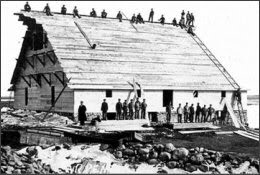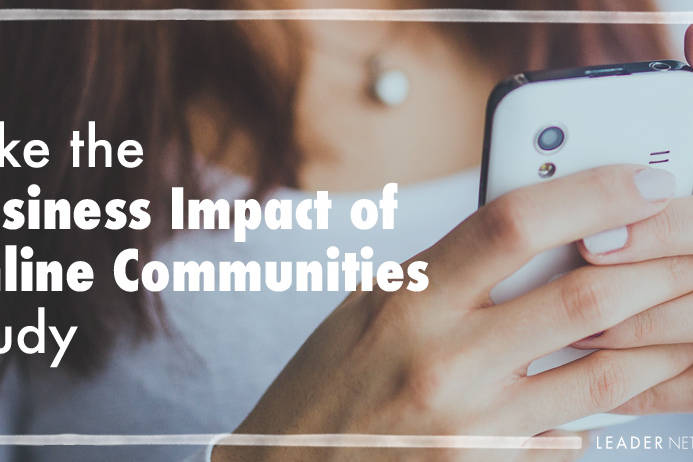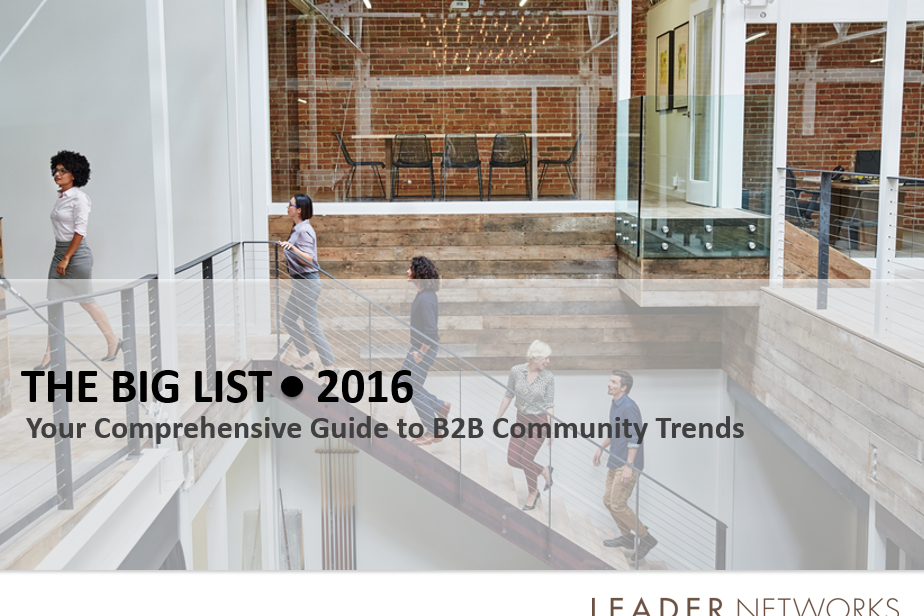 Building online communities can be a richly rewarding experience for the organizations that create them and for the members who participate in them. But a common question is how to start! This need not be a daunting process and below are some of the key steps to getting your online community off the ground and thriving.
Building online communities can be a richly rewarding experience for the organizations that create them and for the members who participate in them. But a common question is how to start! This need not be a daunting process and below are some of the key steps to getting your online community off the ground and thriving.
Building a successful social media online community begins with the end in mind. Your organization’s overarching business goals and strategy for the community will define what you want it to achieve — the value it delivers both to its members and to your organization. Here is a Social Media Strategy Map and an Online Community Milestone, Risk and Reward Arc to help you get started.
Remember: an online community or social media destination is not just another web site. Engaging with members of your community online may result in new product or service lines, or entirely new approaches to conducting current activities. Constructing an online community involves understanding your organizational strengths, current and future business goals, staffing skills (you will most likely need to hire qualified staff to support the community), risk tolerance and organizational readiness for integrating a social platform into your operations. There are three different models for online communities and it is important to decide which type of online community is best suited to your audience and company needs.
Once you determine the specific business goals for the community — greater customer intimacy, new product ideas and features, up-sell and cross-sell opportunities, thought leadership, to name just a few options — the next step is to create a “straw model” of the community to test concepts and confirm assumptions.
Audience segmentation plays an important role in this process. The “who” will dictate the how and the why. This means the needs of your specific audience segment or segments will dictate the “how” or type of interactions they will have, and the “why” encompasses the reasons they participate in your community. Take the time to analyze your clients, customers, prospects and other stakeholders, identify who will be your most important audiences, what they need from you and what they hope to gain from interacting with each other.
Do a competitive analysis to make sure your community is not a “me too” offer already available online. For B2B online communities, which tend to focus on niche markets, there are limits to your audience’s attention and need to affiliate. Niche markets are easily saturated.
Determine the key features and functions you believe will be important to your prospective community members. Focus on the benefits to the member of your community. Emphasize your unique or helpful content, peer-peer access, collaboration and information-sharing your members won’t find as easily or efficiently outside your online community.
Once you create a straw-model description and business plan for the community – remember, it will most likely be a line of business for your company – the next step is to validate the straw-model through development of use cases and surveys or interviews with prospective members.
Building use-cases for different member needs or roles (personas) will help you zero in on a key aspect of online community building: representing how the online community will accelerate and deliver benefits for the members and the organization. The resulting business requirements document will detail the specifics on how members will use the community and how the organization will gain value from those interactions.
Surveys or ethnographic interviews of a subset of prospective members will help you quickly assess if your straw-model assumptions are on the mark. Usually a first-round online community straw-model is about 60% correct, so about 40% of the model has to change. Make the necessary adjustments to the straw-model, then use the information gained from the research to complete a more tailored model with prioritized feature requirements. The most successful communities offer a range of features where the most urgent member needs and the most relevant business objectives intersect. Instead of launching a community with dozens of ill-conceived, “isn’t this cool” features, focus on the few feature that serve both members and the business alike.
Combine the interview results, straw-model and the use-case documents to create the business requirements document (BRD), an essential tool for planning and executing an online community. The BRD provides guidance for all subsequent steps in the community development process, and is a key component for selecting the community platform vendor. Bear in mind these can be difficult to do as they need to take into account the engagement model, user behaviors and business model. Even here at Leader Networks, we burn some real midnight oil creating them for client communities – so be prepared.
There are many excellent online community platforms; some vendors offer pre-packaged communities while others offer highly-customized solutions. Use the BRD to narrow the platform vendor list or analyze the build vs. buy options, manage the risks effectively and focus on the customization elements needed to make the community essential to your membership base.
While the vendor is building out the community, you will have an opportunity to begin a parallel work-stream around engagement planning and new member acquisition tactics. Best practice dictates that you launch with a group of beta members, pioneers willing to test the community to ensure you have fulfilled what you promised to deliver, make sure the site is useful, usable and engaging. The beta or pioneer members will help pre-populate the site activity: forum posts, user-generated content, member profiles in the member directory and much more. These pioneers help set or “model” the behavior for future members, who will benefit from joining a community that shows progress.
Finally, look ahead. Create detailed engagement plans and tactics to keep your community vibrant. This is your ultimate go-to-market strategy; without a robust engagement plan, many communities have died on the vine due to lack of interactivity. A skilled community moderator is an essential member of the online community team and will sustain member engagement and activity over time. This includes a well-defined editorial calendar and skilled staff resources.
One last thought. Your online community will require changing your business processes to integrate the outcomes from the community into your larger organizational operations. What will you do with the trends and information surfaced via the community? How will you connect your community membership to your CRM systems? How will you manage risk throughout the lifecycle of the community? What are your key performance metrics and how will your track and assess progress? Answering these questions will sustain your community over time. Following these online community building best practice suggestions can yield social media business success!
Online communities can be richly rewarding for both the members and the organizations that sponsor them. With proper planning and business alignment, they offer firms new insights, relationships and revenue streams while meeting and exceeding their members’ needs.
Warning: Attempt to read property "base" on array in /home3/trusten9/public_html/leadernetworks/wp-content/plugins/wp-user-profile-avatar/shortcodes/wp-user-profile-avatar-shortcodes.php on line 665
Warning: Attempt to read property "base" on array in /home3/trusten9/public_html/leadernetworks/wp-content/plugins/wp-user-profile-avatar/shortcodes/wp-user-profile-avatar-shortcodes.php on line 665
Warning: Attempt to read property "base" on array in /home3/trusten9/public_html/leadernetworks/wp-content/plugins/wp-user-profile-avatar/shortcodes/wp-user-profile-avatar-shortcodes.php on line 665
Warning: Attempt to read property "base" on array in /home3/trusten9/public_html/leadernetworks/wp-content/plugins/wp-user-profile-avatar/shortcodes/wp-user-profile-avatar-shortcodes.php on line 665
Related Posts
July 10, 2018
How To Increase User Engagement in your Online Community
Every member goes through four stages of activity within an online community:…
November 7, 2016
Survey: Can you show the business impact of your online community?
“The Business Impact of Online Communities” study
October 11, 2016
7 Key Trends in Online B2B Customer Communities
The Big List of B2B Online Customer Communities is the most comprehensive list…
3 Comments
Add comment Cancel reply
This site uses Akismet to reduce spam. Learn how your comment data is processed.



Hello ,
Thanks for the heads up and the nice deal. Thanks for all the helpful advice. It’s great that someone out there really wants to help other people succeed.
Internet marketing–
online advertising network
Awesome Article and very useful tips to create online community i am impressed with your lovely ideas. keep it up good work.
Thanks
A Dream Creation – web design london.
Web solution- Internet Marketing Company
[…] the way you think and do business. “Remember,” a social media strategist writes; “an online community or social media destination is not just another web site. Engaging with […]